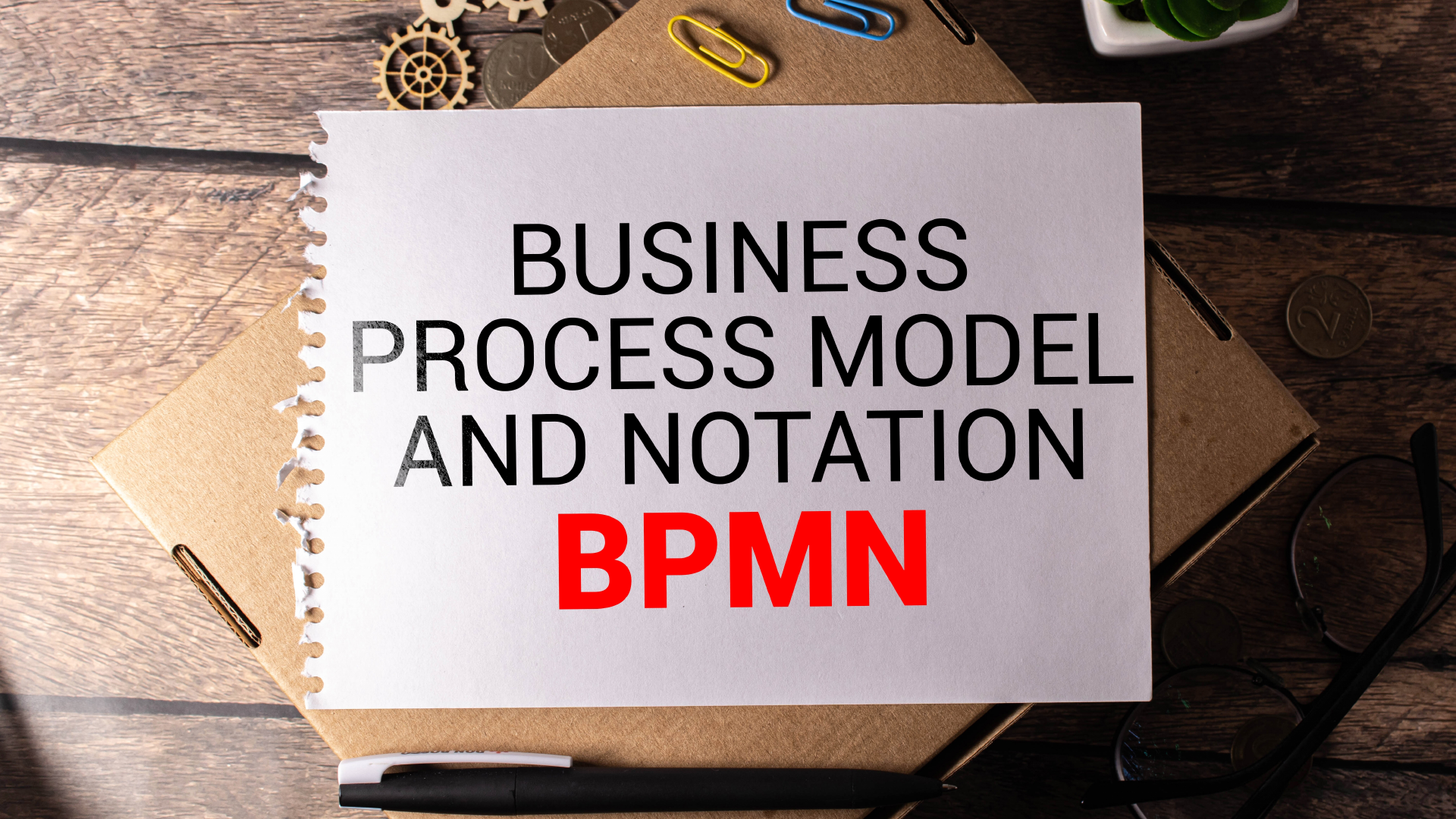Found this helpful? Share it with peers.
Introduction
Process documentation is a critical component of any organization’s Business Process Management. It creates transparency, streamlines processes, and improves efficiency. Documenting processes can ensure consistency and standardization of procedures, ultimately leading to operational excellence.
It ensures that quality standards are met, risks and compliance issues are managed, and business continuity established. When done in the correct manner, it can provide a competitive edge in delivering products and services to your customers. However, there are a few common mistakes in documenting your operational processes that can reduce its effectiveness. In this blog post, we’ll discuss a few of those key mistakes and provide solutions on how to best avoid them.
If you are new to the process documentation topic, check out our complete guide to Process documentation, otherwise keep reading on to improve your documentation skills.
Mistake #1: Lack of Clarity and Conciseness
One of the most common mistakes in process documentation is the lack of clarity and conciseness. Processes are often documented in lengthy, complex documents that are difficult to read and understand. This can lead to confusion and misunderstandings among employees, ultimately resulting in inefficiencies and errors.
Solution: To avoid this mistake and make your process documentation more concise, put in an effort to use simpler language and avoid technical jargon whenever possible. Break down the process into steps and use bullet points or numbered lists to make it easier to follow. Include visual aids such as flowcharts or diagrams to help illustrate the process.
Mistake #2: Lack of Standardization
Another source of error lies in the lack of standardization. Processes are often documented differently across departments – without a golden BPM source, thus lacking harmonization or a certain level of uniformity which can consequently result in operational inconsistencies and employee confusion.
Solution: The solution here is to standardize the process of process documentation itself. Follow an established format and template for documenting the processes across your organization. This ensures the necessary degree of consistency and makes it easier for employees across teams to understand and follow the said process.

Mistake #3: Lack of Ownership and Accountability
Process documentation is often seen as a task that needs to be completed by someone else, leading to a lack of ownership and accountability. This can result in incomplete or inaccurate documentation.
Solution: It’s important to assign ownership from the very beginning and foster accountability for process documentation inside the team. This ensures that the process is documented accurately and completely, that there is a clear responsible for its execution or governing, and that any changes or updates are communicated to the appropriate stakeholders accordingly.
Mistake #4: Lack of Relevance
Process documentation is often created once and then left untouched, leading to outdated and irrelevant information. This can bring on a chain of undesirable effects, where employees follow obsolete procedures, cause unnecessary inefficiencies and simply hamper the day-to-day operations of your business.
Solution: Regular reviews and continuous updates of process documentation ensure that the process is relevant and up-to-date at all times, and that appropriate stakeholders are kept in the loop of important changes.
Mistake #5: Lack of Integration
Process documentation is often created in isolation, without considering how it fits into the larger organizational context. This can lead to processes being disconnected from other processes, making it difficult to get a complete picture and plan resources efficiently.
Solution: You can avoid this mistake by considering the cross-functional dependencies when creating your process documentation. Understand how your given process fits into the larger workflow of things and how it interacts with other processes and organizational assets. This will ensure that your process is well-integrated into your business architecture, creating a better and more productive flow of activities.
Summary
If you focus on process documentation and reserve time for a well-designed implementation, you can easily stay aware of and avoid the most common mistakes, while ensuring added clarity and efficiency in your operational activities.
Most of the above mistakes can be avoided by introducing a process modelling and management tool like our Gartner customers’ choice ADONIS. Discover our BPM offering now and create a culture of transparency and agility in your company starting from today!






